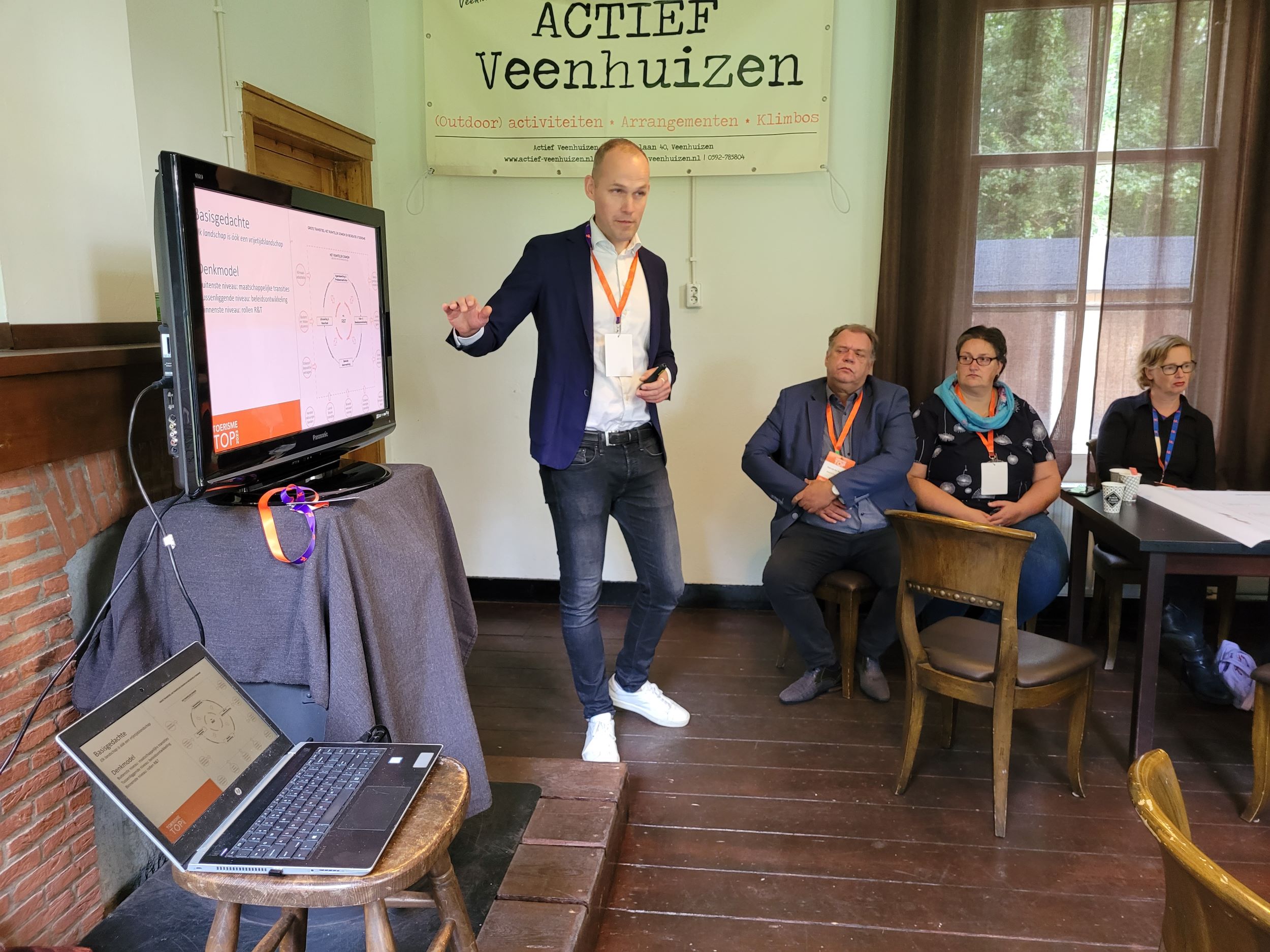Great CELTH session at Toerisme Top: How recreation & tourism comes to the table in spatial processes
At Tourism Summit 2023, Stefan Hartman (ETFI) and Daniek Nijland (HZ Kenniscentrum Kusttoerisme) presented, also on behalf of CELTH, the brand new Guideline on Space for Recreation & Tourism. This guide gives provincial and municipal officials recreation, tourism and leisure economy tools for the integration of R&T in the spatial domain.
"We had a very nice process with the Leisure Network," Hartman summed up the cooperation with the provinces. "The guiding principle is that we need physical space for tourism and recreation but as a domain we also add quality to the living environment."
There is a whole world of spatial tasks coming at the Netherlands, according to Hartman, but attention to recreation and tourism is not taken for granted in spatial processes. "That has to change because with the right interventions in the environment we can increase the quality of life."
The basic idea in the guideline is that every landscape is also a leisure landscape. "For that reason alone, recreation and tourism must be included in spatial processes." The new Guideline on Space for Recreation & Tourism is not a handbook but gives policy officials in tourism and recreation at provinces and municipalities many tools to get involved in spatial processes. "It has insight into roles and actions, information on current spatial programs, real-world examples, insight into design research and various analysis tools."
Central to the guide is the thinking model with the societal transitions we face at the edge and in the center the spatial domain with the process and roles. Roles relevant to policy officials include analyze, organize, inspire and advise. The process revolves around agenda setting & problem definition, vision & policy development, policy implementation & results. "Always look at what role you can have as a recreation and tourism policy official at what stage of the process," Hartman said.

Hartman also had some great take-aways for the attendees:
- Make sure you have a good sectoral policy as a starting point and a reasoned common narrative.
- Position tourism and recreation as a solution that can contribute to a good living environment with experiential value and broad prosperity for residents.
- Know the potential and future image of the area and identify linkage opportunities.
- Create a formal policy position otherwise you are only at the table for 'fun'.
- Within the often limited financial space, keep focus on what is really important.
- Also stay at the table during implementation so that plans are actually realized as intended.
At the two fully booked sessions at the Tourism Summit, participants were able to reflect on the thinking model in which they clearly recognized themselves. The discussion yielded several more interesting insights:
- -Analysis is crucial. We MUST know what is going on, what programs and processes are going on but also what space demand the sector actually has. And, what does that space demand look like, in terms of spatial planning, spatial concepts (à la landscape architecture and landscaping).
- In practice, you are now very dependent on the specific people you meet (are they sympathetic, do they see opportunities). Creating a formal policy position can help make whether or not recreation and tourism is involved less person-dependent.
- Framing is essential. We need to think more from the other side, speak the language of other domains, focus on 'what's in it for them' and make our colleagues realize that this is also about them. After all, everyone is a recreationalist.
- Our domain is extremely fragmented. A national body such as the Recreation and Tourism Council could be enormously helpful in securing the interests of our domain in programs and plans of all levels of government.
Curious about the Guideline on Space for Recreation & Tourism? Then download it from CELTH-site (in Dutch).



